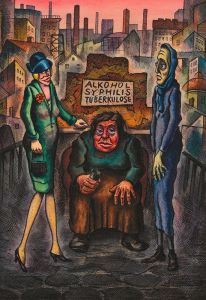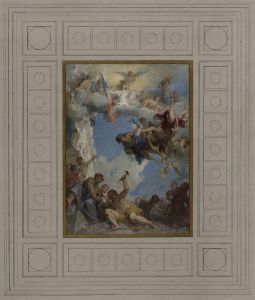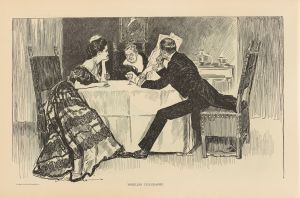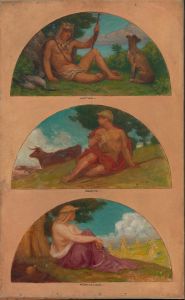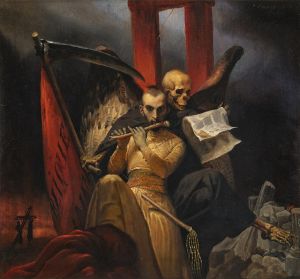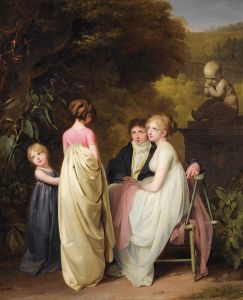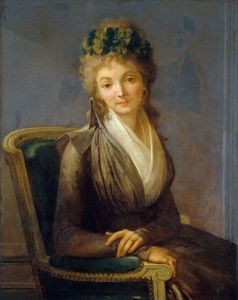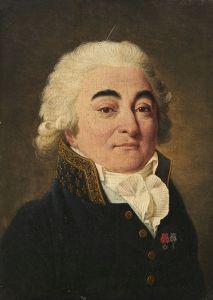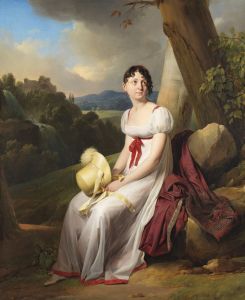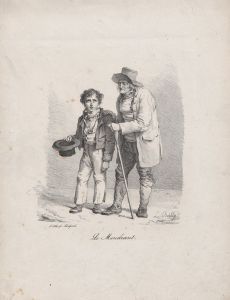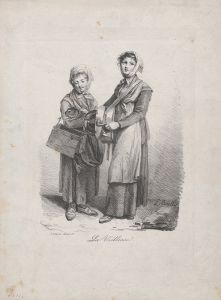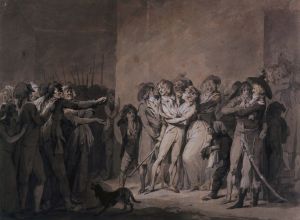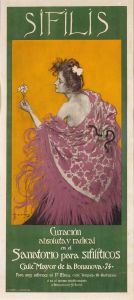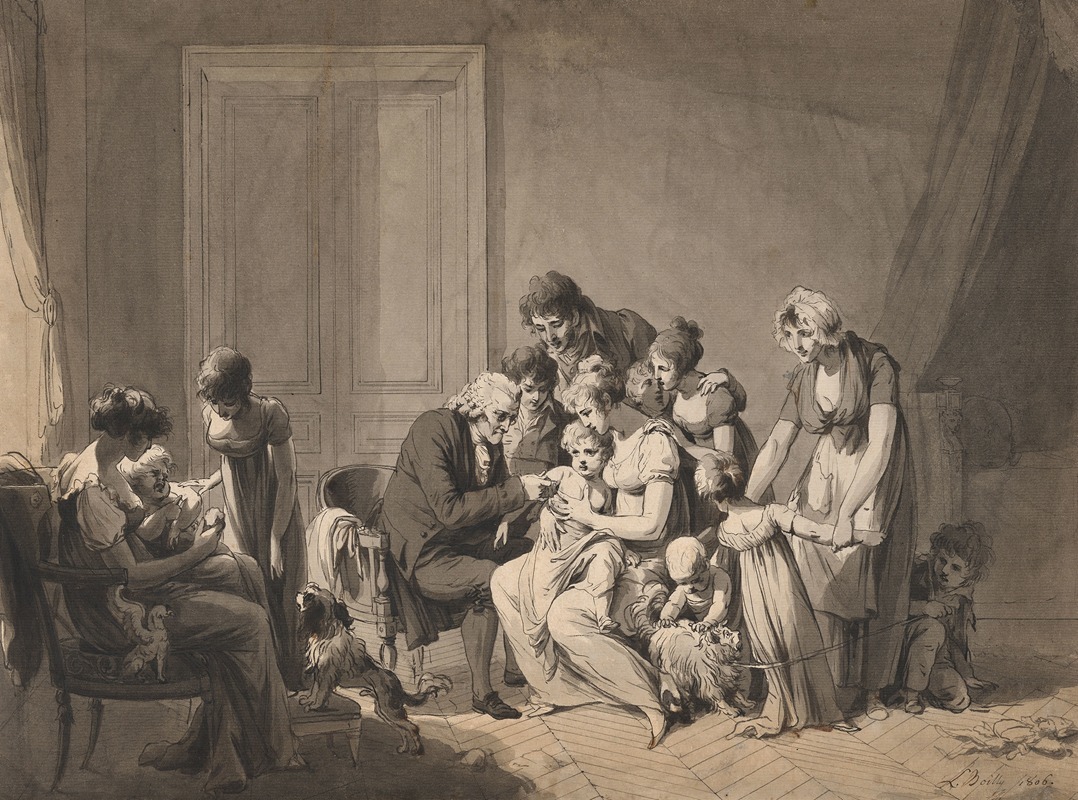
The Vaccine
A hand-painted replica of Louis Léopold Boilly’s masterpiece The Vaccine, meticulously crafted by professional artists to capture the true essence of the original. Each piece is created with museum-quality canvas and rare mineral pigments, carefully painted by experienced artists with delicate brushstrokes and rich, layered colors to perfectly recreate the texture of the original artwork. Unlike machine-printed reproductions, this hand-painted version brings the painting to life, infused with the artist’s emotions and skill in every stroke. Whether for personal collection or home decoration, it instantly elevates the artistic atmosphere of any space.
Louis Léopold Boilly's painting The Vaccine is a notable work by the French artist, who is renowned for his detailed and often satirical depictions of everyday life during the late 18th and early 19th centuries. Created in 1807, this painting reflects the growing public interest in vaccination, a groundbreaking medical advancement of the time.
The artwork captures a domestic scene in which a child is being vaccinated, surrounded by family members and a medical practitioner. The setting is intimate, emphasizing the personal and familial nature of the event. Boilly's attention to detail is evident in the expressions and gestures of the figures, which convey a mix of curiosity, concern, and trust. The painting serves as a visual record of the early adoption of vaccination, a practice that was still relatively new and met with both enthusiasm and skepticism.
The historical context of the painting is significant. The smallpox vaccine, developed by Edward Jenner in 1796, was a revolutionary medical breakthrough that began to spread across Europe in the early 19th century. By the time Boilly painted The Vaccine, vaccination campaigns were being promoted as a means to combat the devastating effects of smallpox, a disease that had plagued humanity for centuries. The painting reflects the societal impact of this medical innovation and the role of art in documenting and promoting public health initiatives.
Boilly's choice to depict a vaccination scene aligns with his broader interest in contemporary social issues and his ability to capture the nuances of human interaction. The painting is also notable for its composition and use of light, which draw attention to the central act of vaccination while creating a warm and inviting atmosphere. This approach underscores the importance of the event and its implications for the health and well-being of individuals and communities.
Today, The Vaccine is recognized as an important cultural artifact that provides insight into the early history of vaccination and its reception in society. It is also a testament to Boilly's skill as an artist and his engagement with the pressing issues of his time. The painting is housed in the Musée des Beaux-Arts in Lille, France, where it continues to be appreciated for its artistic and historical significance.





